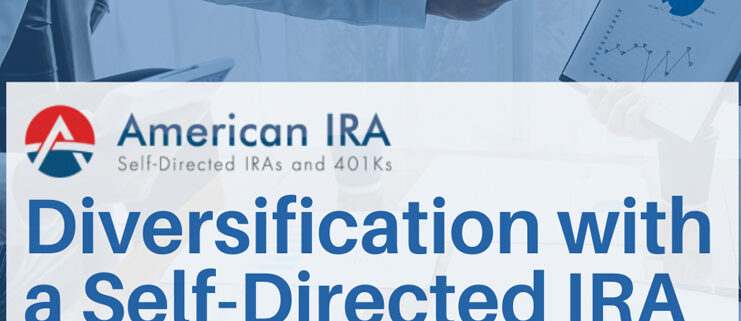Diversification with a Self-Directed IRA
You never know how the financial world is going to change. For people who expect big risks, spreading out their own risk across multiple asset classes is the wises path forward. It’s a strategy known as diversification. But rather than ask how to diversify, more investors should probably ask: what’s the best tool for achieving diversification? While traditional retirement accounts like 401(k)s and IRAs can offer some level of diversification, they often limit your investment options to stocks, bonds, and mutual funds. However, with a Self-Directed IRA, you have the flexibility to invest in a much wider range of assets. That’s where true diversification can begin.
What You Need to Know About Diversification with a Self-Directed IRA
It’s simple. With a Self-Directed IRA, you can invest in alternative assets such as real estate, precious metals, private equity, and even cryptocurrency. This expanded universe of investment options can help reduce risk. You’ll spread out that risk across a wide variety of sectors. By diversifying your holdings, you can potentially increase returns while minimizing the impact of any single asset underperforming.
Let’s explore some potential asset classes to consider:
- Real Estate: One popular option for diversifying with a Self-Directed IRA is real estate. You can use your IRA funds to purchase residential or commercial properties, rental homes, or even raw land, for example. Real estate can provide steady income through rental payments and has the potential for long-term appreciation. This makes it a potentially valuable addition to your retirement portfolio.
- Precious Metals: Another avenue for diversification is investing in precious metals such as gold, silver, platinum, and palladium. These assets can act as a hedge against inflation and currency devaluation. They also potentially offer stability during times of economic uncertainty. With a Self-Directed IRA, you can hold physical bullion or invest in precious metal ETFs and mining stocks. This gives you thorough exposure to this alternative asset class.
- Private Equity: Investing in private companies and startups can also be an effective way to diversify your Self-Directed IRA. Private equity offers the potential for high returns, but it typically comes with higher risk and longer investment horizons. Allocating a portion of your retirement funds to private equity investments, you can tap into opportunities for growth that may not be available in the public stock markets.
- Cryptocurrency: For those interested in emerging technologies and digital assets, cryptocurrencies like Bitcoin and Ethereum can be an intriguing diversification option. True: they’re highly volatile. But cryptocurrencies have generated significant returns for early adopters and can serve as a non-correlated asset in your Self-Directed IRA portfolio. Just be sure to carefully research and understand the risks associated with this asset class before investing.
By incorporating these alternative assets into your Self-Directed IRA, you can build a more resilient and diversified retirement portfolio. However, it’s essential to conduct thorough due diligence and consult with a financial advisor or tax professional to ensure that your investments align with your long-term goals and risk tolerance.
In fact, there are even more options than you read above: tax liens, private notes, and more. That’s why diversification is a vital strategy for protecting and growing your retirement savings. With a Self-Directed IRA, you have the freedom to explore a wide range of investment opportunities beyond traditional stocks and bonds. Whether you’re interested in real estate, precious metals, private equity, or other unique asset classes like cryptocurrency or tax liens, a Self-Directed IRA can provide the flexibility you need to round out your portfolio.
To learn more about how you can diversify with a Self-Directed IRA, call 866-7500-IRA to speak with an American IRA representative today.



